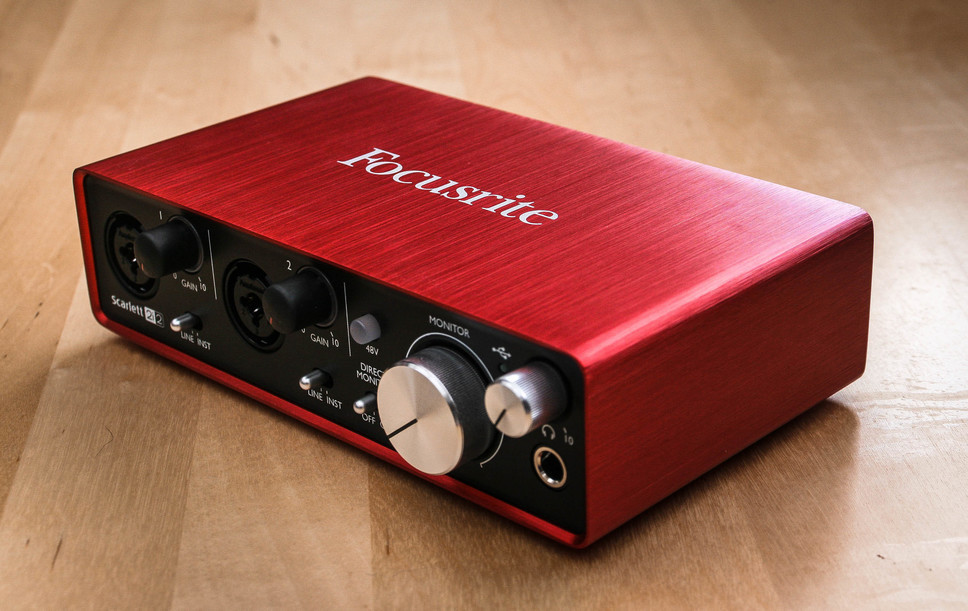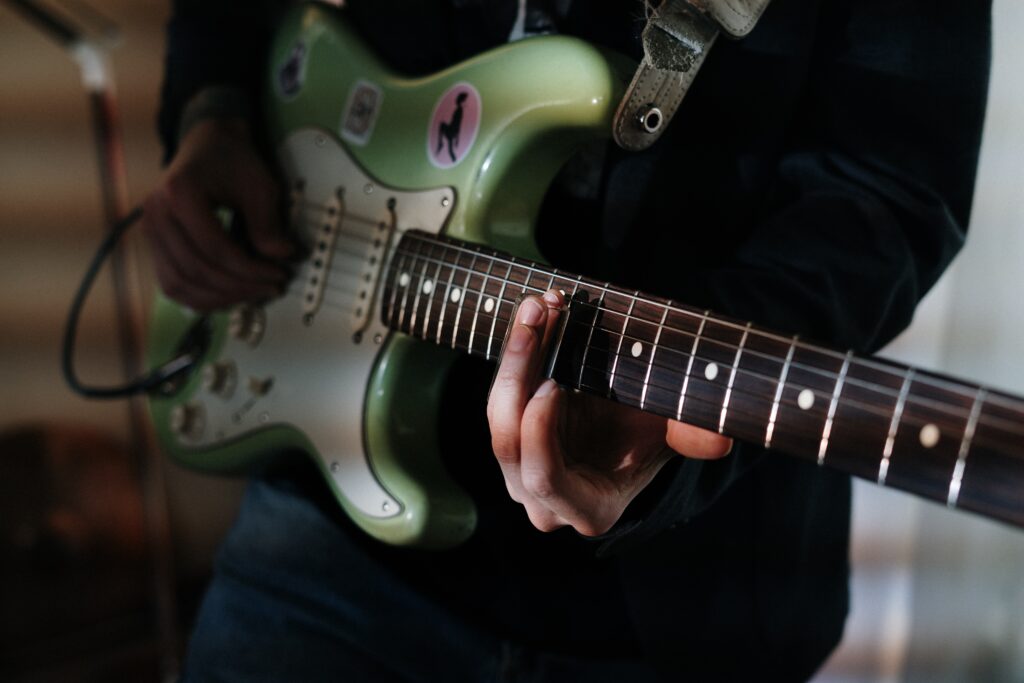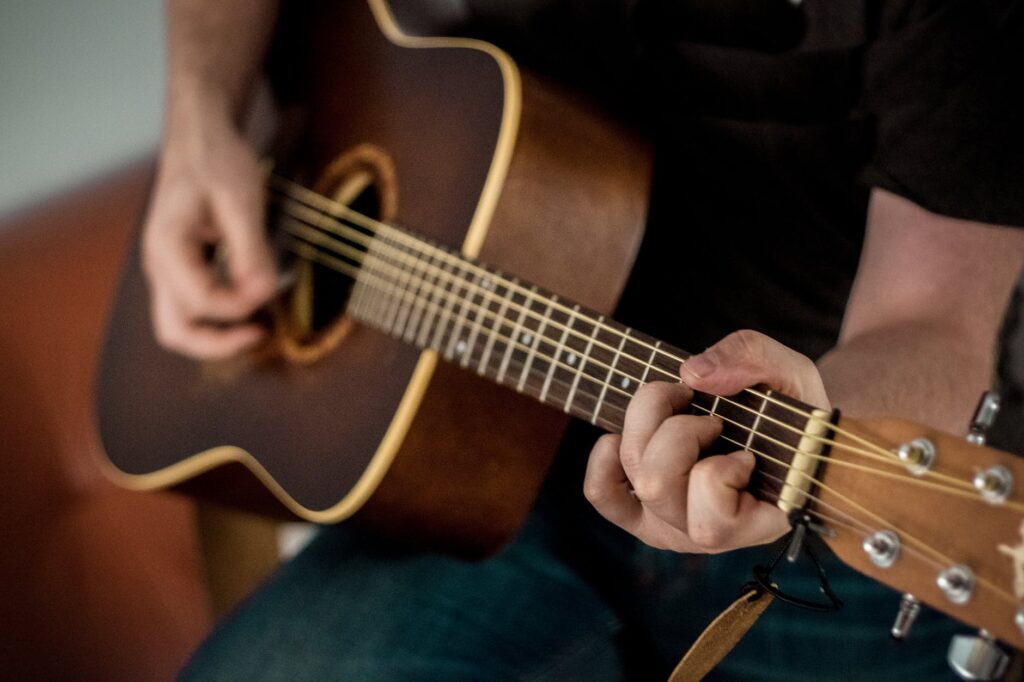
Recording your guitar performances has never been easier, thanks to the remarkable Scarlett 2i2 audio interface. Whether you’re a seasoned musician or just starting your musical journey, capturing the rich tones of your guitar is essential for sharing your music with the world. In this guide, we’ll walk you through everything you need to know about recording guitar using the Scarlett 2i2, from setting up your equipment to fine-tuning your sound.
Table of Contents
- Introduction to Recording Guitar with Scarlett 2i2
- Choosing the Right Equipment
- Setting Up Your Scarlett 2i2
- Connecting Your Guitar and Microphone
- Selecting the Right Recording Software
- Optimizing Audio Settings for Guitar Recording
- Mic Placement Techniques for Guitar Amps
- Direct Recording vs. Amp Miking: Pros and Cons
- Applying Effects and Processing
- Recording Tips for Different Genres
- Achieving a Professional Mix
- Common Mistakes to Avoid
- Troubleshooting Audio Issues
- Sharing and Distributing Your Recorded Tracks
- Conclusion
Introduction to Recording Guitar with Scarlett 2i2
The Scarlett 2i2 audio interface is a game-changer for guitarists seeking high-quality recordings. It serves as the bridge between your guitar and your computer, converting analog signals into digital audio that can be manipulated and enhanced. Whether you’re a solo artist or part of a band, the Scarlett 2i2 opens up a world of possibilities for capturing your musical creations.
Choosing the Right Equipment
Before diving into the recording process, it’s crucial to ensure you have the right equipment. Apart from the Scarlett 2i2, you’ll need a quality microphone, suitable cables, and of course, your beloved guitar. Research and invest in gear that complements your playing style and desired sound.
Setting Up Your Scarlett 2i2
Setting up the Scarlett 2i2 is a breeze. Connect the interface to your computer via USB and install the necessary drivers. Once installed, your computer will recognize the Scarlett 2i2 as the primary audio input and output device. This step is fundamental for seamless communication between your guitar and recording software.
Connecting Your Guitar and Microphone
To achieve optimal results, connect your guitar and microphone to the Scarlett 2i2. Use a high-quality instrument cable to plug your guitar into the “Instrument” input on the front panel. For micing your guitar amp, connect your microphone to one of the XLR inputs on the back. Experiment with microphone placement to capture the best sound from your amp.
Selecting the Right Recording Software
The choice of recording software greatly influences your workflow and creative possibilities. Popular options like Ableton Live, Pro Tools, and Reaper offer intuitive interfaces and powerful features. Choose a software that resonates with your style and allows you to maximize the potential of your Scarlett 2i2.
Optimizing Audio Settings for Guitar Recording
Achieving pristine recordings requires fine-tuning your audio settings. Set an appropriate sample rate and bit depth to ensure high-quality recordings. Adjust buffer sizes to minimize latency, allowing you to play and monitor in real-time without distracting delays.
Mic Placement Techniques for Guitar Amps
Experimenting with microphone placement can drastically alter your guitar’s recorded tone. The close-mic technique captures the amp’s direct sound, while room miking adds depth and ambience. Strike a balance between the two to achieve a harmonious blend that suits your artistic vision.
Direct Recording vs. Amp Miking: Pros and Cons
The Scarlett 2i2 offers the flexibility to record directly from your guitar or mic up your amplifier. Direct recording is clean and controlled, ideal for genres like acoustic or electronic music. On the other hand, amp miking preserves the authentic amp sound, making it a go-to for rock, blues, and other amplified styles.
Applying Effects and Processing
Enhance your guitar recordings by experimenting with effects and processing. EQ, compression, and reverb are powerful tools that can shape your sound and add depth. Strike a balance between enhancing your recording and maintaining its natural essence.
Recording Tips for Different Genres
Whether you’re strumming gentle folk melodies or shredding intense metal riffs, tailor your recording approach to suit your genre. Experiment with playing techniques, amp settings, and effects to capture the essence of your chosen style.
Achieving a Professional Mix
A well-crafted mix can make your guitar recordings shine. Pay attention to levels, panning, and frequency balance. Create space for each element of your mix to ensure clarity and avoid sonic clutter.
Common Mistakes to Avoid
Even experienced guitarists can fall into common recording traps. Avoid issues like clipping, excessive noise, and over-processing. Practice, patience, and a keen ear will help you steer clear of these pitfalls.
Troubleshooting Audio Issues
Technical glitches can be frustrating, but they’re part of the recording process. Learn to troubleshoot issues like audio dropouts, driver conflicts, and latency. These skills will save you time and frustration in the long run.
Sharing and Distributing Your Recorded Tracks
Once you’ve crafted the perfect guitar recordings, it’s time to share your music with the world. Utilize platforms like SoundCloud, Bandcamp, and social media to connect with your audience and build a fanbase.
Conclusion
Recording guitar using the Scarlett 2i2 opens up a realm of creative possibilities for musicians. From setting up your equipment to perfecting your mix, this guide has equipped you with the knowledge to capture your musical brilliance. Embrace the journey of recording and let your guitar melodies resonate far and wide.
FAQs
- Can I use the Scarlett 2i2 with both Mac and Windows computers? Absolutely! The Scarlett 2i2 is compatible with both Mac and Windows operating systems, providing seamless integration for your recording needs.
- What’s the difference between USB 2.0 and USB 3.0 connectivity? USB 3.0 offers faster data transfer speeds compared to USB 2.0. While the Scarlett 2i2 works well with either, using a USB 3.0 port can potentially reduce latency and improve overall performance.
- Is it necessary to use a microphone when recording with the Scarlett 2i2? Not necessarily. While using a microphone adds versatility, you can achieve great results by recording directly from your guitar. Experiment with both approaches to find the sound that suits your project.
- Can I use multiple instruments with the Scarlett 2i2? The Scarlett 2i2 has two inputs, allowing you to record two mono sources simultaneously. You can record two instruments or a combination of an instrument and a microphone.
- How can I avoid excessive noise in my guitar recordings? Proper cable management, using quality cables, and minimizing electronic interference can help reduce noise in your recordings. Additionally, employing noise reduction techniques during post-production can further enhance your recordings.

